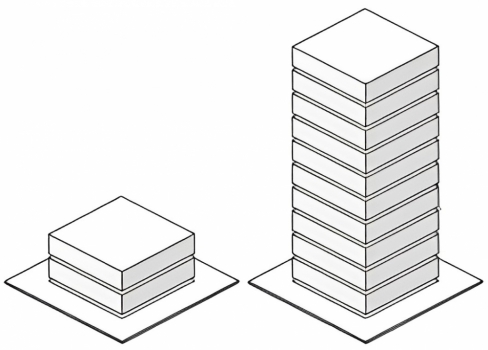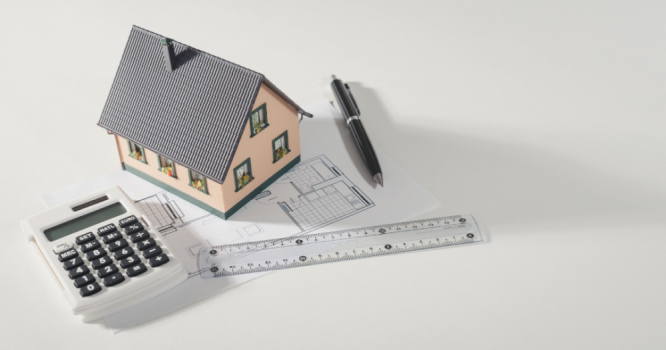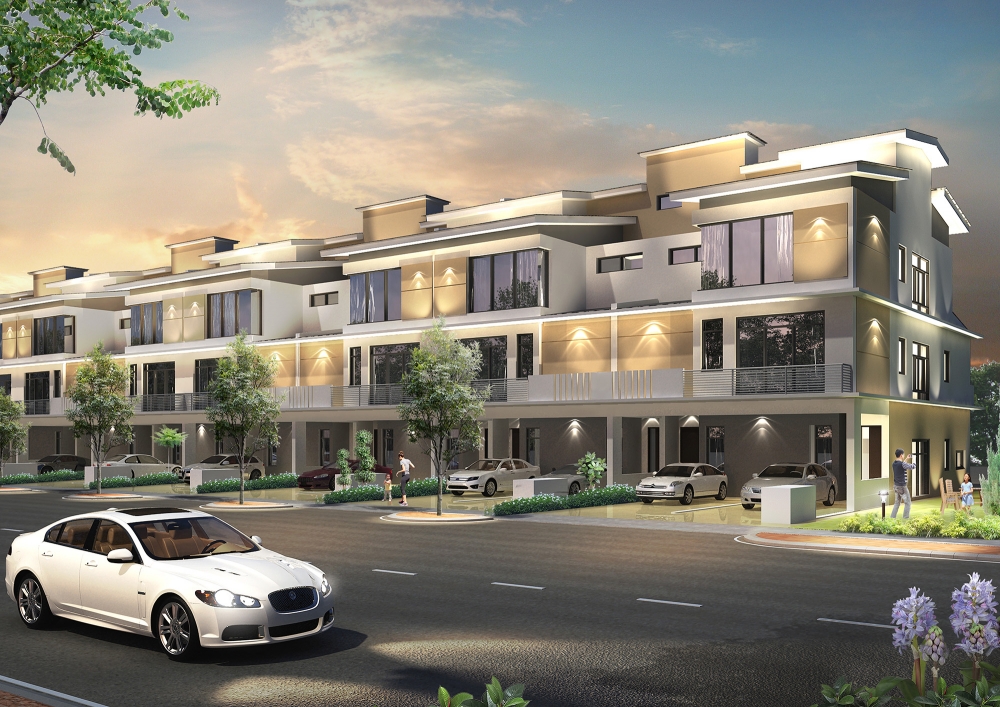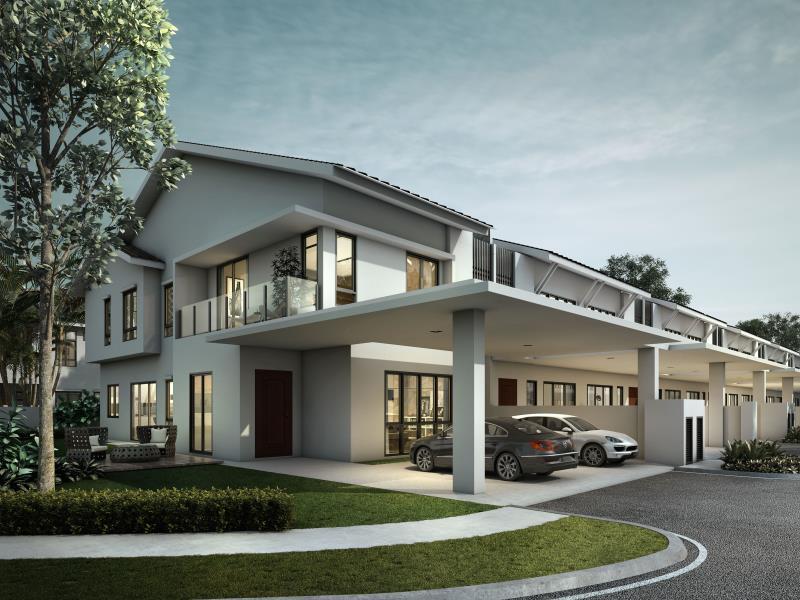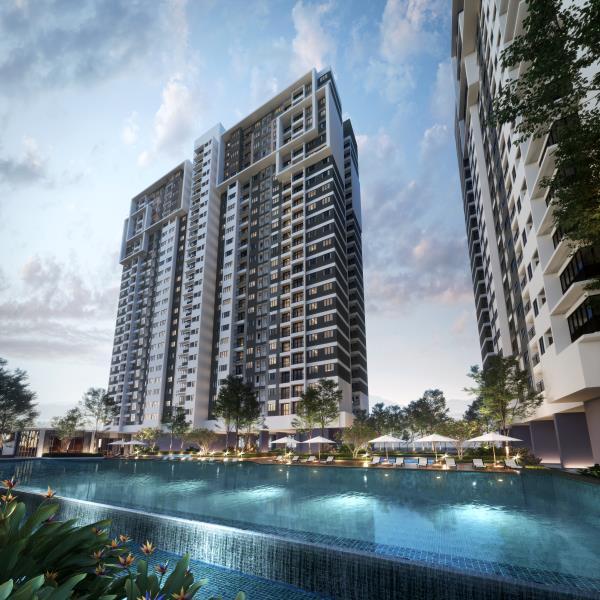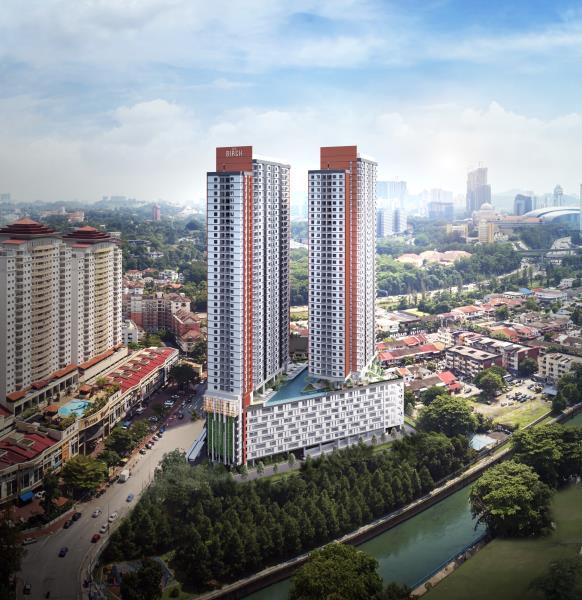Progressive Payment Schedule For A New Project In Malaysia

Embarking on the journey of purchasing a property under construction in Malaysia can be an exhilarating yet perplexing experience. One aspect that often leaves buyers scratching their heads is the Progressive Payment Schedule. This financial labyrinth is designed to ensure that buyers make payments in stages as the construction progresses.
Picture this: you find your dream property, sign the agreement, and eagerly await the day when you can proudly call it your own. But alas, the construction process begins, and you are introduced to the perplexing world of progressive payments.
What Is The Difference For Payment Between New Projects And Subsale Properties ?

The payment process for new real estate projects and subsale properties in Malaysia can differ in terms of the payment structure and timeline. Let's explore the key differences between these two categories:
New Projects:
When purchasing a property from a new real estate project, buyers typically follow a progressive payment schedule. This means that payments are made in stages as the construction progresses (we will go through that in a while). The payment structure is predetermined and outlined in the Sale and Purchase Agreement (SPA). Buyers are required to make an initial down payment, followed by subsequent payments at various stages of the construction process, such as the completion of the foundation, walls, roof, and final handover. These payments are usually a percentage of the property's purchase price, with the final payment being made upon receiving the keys.
1U Note: As a buyer of new projects, you pay the progressive interests charged by the bank. It's the bank's duty to pay the progressive payment to the developer at certain stages of the construction procedure.
Subsale Properties:
On the other hand, subsale properties refer to properties that are being sold by the existing owner, rather than directly from the developer. In subsale transactions, the payment process is typically more straightforward compared to new projects. Buyers are generally required to pay a booking deposit upon agreeing to purchase the property. This deposit is usually a percentage of the property price (10%) and serves as a commitment to proceed with the transaction. Subsequently, a formal Sale and Purchase Agreement (SPA) is prepared, and the buyer is typically given a period of time to secure the necessary financing (via a bank loan) and complete the payment.
Let's Talk About Progressive Payment For New Projects
Progressive payment for new developments in Malaysia follows a structured payment schedule based on the progress of the construction. This payment method ensures that buyers make interest payments in stages corresponding to specific milestones achieved during the development process.
The payment process for new developments in Malaysia typically involves five main stages, each corresponding to a specific milestone in the construction and ownership transfer process. Let's elaborate on these stages:
1. Signing of the Sale and Purchase Agreement (SPA):
The first stage involves the signing of the Sale and Purchase Agreement between the buyer and the developer. During this stage, the buyer is required to pay the initial down payment or booking fee, which is usually a percentage of the property's purchase price. This payment serves as a commitment to proceed with the purchase.
2. Various Completion Stages of the Development:
The next stage consists of progressive payments based on the completion stages of the development. These stages are predetermined and outlined in the SPA. Payments are typically made at specific milestones such as the completion of the foundation, walls, roof, and other significant construction phases. The payment amounts for each stage are usually a percentage of the property price, with the percentages varying based on the developer and project.
3. Vacant Possession (VP):
Once the construction reaches a point where the property is considered ready for occupation, the buyer enters the stage of Vacant Possession (VP). At this stage, the buyer is required to make a payment to the developer to secure the right to take possession of the property. The VP payment is usually a percentage of the property price and is made before the handover of keys.
4. Submission for Subdivision of Building:
After the buyer has taken possession of the property, there may be a stage where the developer submits the necessary paperwork for the subdivision of the building into individual units. This stage may involve a payment, which is typically a smaller percentage of the property price and covers administrative fees associated with the subdivision process.
5. Final Payments:
The final stage of the payment process occurs once all the previous stages have been completed. At this point, the buyer is required to settle the remaining balance of the property price. This final payment is typically made upon the issuance of the Certificate of Completion and Compliance (CCC) and the official transfer of ownership to the buyer.
It's important to note that the specific payment percentages and timelines can vary depending on the developer, project, and terms stated in the SPA. Buyers are advised to carefully review the SPA and consult with professionals such as real estate agents or lawyers to understand the payment obligations and stages for a particular new development.
Table Of Progressive Payment For New Projects
We know that this may look confusing, so below represents the table of progressive payment when it comes to new projects:
| Construction Stage | Instalments Payable (%) |
|---|---|
| 1. Immediately upon the signing of this Agreement | 10 |
| 2. Within twenty-one (21) working days after receipt by the Purchaser of the Vendor’s written notice of the completion of: | |
| (a) the work below ground level, including piling and foundation of the said Building comprising the said Parcel | 10 |
| (b) the reinforced concrete framework and floor slab of the said Parcel | 15 |
| (c) the walls of the said Parcel with door and window frames placed in position | 10 |
| (d) the roofing/ceiling, electrical wiring, plumbing (without fittings), gas piping (if any) and internal telephone trunking and cabling to the said Parcel | 10 |
| (e) the internal and external plastering of the said Parcel | 10 |
| (f) the sewerage works serving the said Building | 5 |
| (g) the drains serving the said Building | 5 |
| (h) the roads serving the said Building | 5 |
| 3. On the date the Purchaser takes possession of the said Parcel with water and electricity supply ready for connection to the said Parcel | 12.5 |
| 4. Within twenty-one (21) working days after receipt by the Purchaser of the written confirmation of the Vendor’s submission to and acceptance by the Appropriate Authority of the application for subdivision of the said Building | 2.5 |
| 5. On the date the Purchaser takes vacant possession of the said Parcel as in item 3 and to be held by the Vendor’s solicitor as a stakeholder for payment to the Vendor as follows: | |
| (a) 2.5% at the expiry of six (6) months after the date the Purchaser takes vacant possession of the said Parcel | 2.5 |
| (b) 2.5% at the expiry of eighteen (18) months after the date the Purchaser takes vacant possession of the said Parcel | 2.5 |
| TOTAL | 100 |
Final Verdict
The progressive payment system is beneficial for buyers as it helps them manage their cash flow until the completion of a development project. However, since buying an unfinished property involves higher risks, buyers need to be more vigilant in monitoring the progress of the development. This can be done through the Ministry of Urban Wellbeing, Housing and Local Government website. If issues arise, buyers can report to the Ministry, which will investigate and oversee the payments in the developer's account.
Once the construction is completed, and the developer hands over the keys to you, you will begin to start your monthly instalment (mortgage + interest) to your lender (bank).
Buying an under-construction property can be financially advantageous, but it requires thorough research and due diligence to ensure a profitable investment.

